Yoga is a form of exercise with a spiritual aspect. But it also has major practical applications to the rest of your life. The way you feel in the physical poses translates directly into everything you do off of the mat. Being “centered” and “grounded” sounds very heady and vague until you actually feel centering and grounding in your body; then you get it. And you’ll be able to use it—and not just in your workouts.
You don’t have to be Super Yogi or do crazy, advanced poses to access these benefits: You’ll be able to feel and understand them the very first time you practice.
1. Your breath is a powerful tool. And it’s the simplest to use and the easiest to access. When you’re about to embark on something big, or scary or nerve-wracking, what do you do? You take a deep breath. It’s not just symbolic: Breathing in deeply and then exhaling just as deeply literally soothes your parasympathetic nervous system. It also sends freshly oxygenated blood to all your organs and tissues. If you make a little “h” noise in the back of your throat as you exhale, and try to keep that tone in your throat on the inhale, you’ll be creating additional heat in your system, which will help everything to soften and relax.
There’s a reason so much attention is paid to the breath in a yoga class. Because it works on you in physical and physiological ways, breathing in this focused way helps you to slow down, center, and make space on the inside—and even around you. Then you actually use the breath as a tool for getting into the poses and then “filling them up”—doing your fullest version of the pose.
Using breathing as a tool outside the yoga studio can help you slow down amped-up situations and moments and make some extra space for yourself, so you’ll be able to make clearer, more reasoned decisions and just better handle anything that comes up.
2. Stillness is powerful. There’s a sense—in exercise, in work, in life—that unless you’re moving as fast as you can, breathing super heavily and dripping with sweat, you’re not getting anything done. Holding a yoga pose like plank or warrior II for a while will change your idea of what keeping still involves. It’s not passive; it’s fully active. You have to be present and strong and aware. Keeping still is challenging and, in some circumstances, downright brave. It also offers amazing benefits—to both your physical and mental muscles.
3. Engaging is easier (and better) than enduring. Sometimes you’re in a pose—or a situation—that you just hate. It’s hard, uncomfortable, maybe even painful. You want to be anywhere else but where you are. But you’re tasked with staying in this place for a certain amount of time. It seems like the easiest thing to do is clench your teeth and endure it. But I’ve found that engaging with the discomfort instead of just trying to passively ride it out is actually easier—and it makes things feel less awful.
Chair pose is a perfect example. That’s the one where you bend your knees and sit your butt down as if into a chair. Then, ideally, you lift your arms up into the air above you, squeezing them in toward your ears. I hate it. It feels horrible. I just want it to stop. But one day a teacher told me to consider engaging even more—squeezing my leg muscles even harder (not clenching, just pressing the muscles against the bones) and pressing my arms in and reaching my hands up. I found, to my amazement, that doing all that actually made the pose feel better. Not good, mind you, but far less unbearable.
So try it: The next time you have to deal with a difficult person or do something you detest, try engaging with it in a more open, neutral way instead of just enduring it. You might find that it’s not as horrible that way.
Like many new moms, I was a mess—exhausted from caring for two girls younger than 3 and feeling like I was absolutely horrible at it. I felt like I was on the verge of collapse, all over the place emotionally. What I needed more than anything was a foundation. Yoga is where I found it.
4. You can do things you don’t think you can do. Lots of people say, “I could never run six miles” or, “I can’t do a handstand.” And it’s true—if you’ve never run before, there’s no way you’re doing a 10K today; if you haven’t balanced on your hands since you were 8, you may or may not still have it. But if you want to do something and you keep trying—making a plan and then practicing it in a conscious way (or even an unconscious one)—you’re inevitably going to get better at it.
There’s probably no better exercise than yoga if you want to really see and feel your progress, and fast. You might not be able to touch your toes the first week, but after a few classes and a greater comfort level about how to breathe and lengthen the sides of your body and your hamstrings, you’ll find that you’re extending down a little farther. The first time you do a pose, it might feel uncomfortable or weird; keep doing it and your body and muscles will start to get the hang of it. It might start to feel good, and eventually, even amazing.
The lesson here? It’s all about showing up, and being patient with yourself and your progress. Anything you keep doing is going to get easier. You might have setbacks or days when it just isn’t happening; you might have small victories and major breakthroughs. But working at it steadily will move you forward, no matter what. That’s just physics.
5. Details matter. My 10-year-old daughter is a beautiful writer, but she doesn’t care so much about spelling and grammar. To motivate her, I explain that those seemingly nit-picky rules serve an important purpose in storytelling: If you clear up the things that can make meaning murky, the tale becomes clearer.
In yoga, keeping your hands and even your fingers active in a standing pose helps you lift up through your whole body. A limp foot extended into the air probably won’t help you balance, but if you flex it, you feel steadier. You’ll feel this even just by lifting up your toes while you’re just standing. Everything feels clearer.
There are all kinds of life situations in which adjusting a small detail can make a huge difference, when getting just a little clarity can make things feel a lot smoother.
6. Freedom requires a foundation. I did yoga sporadically for a decade before I had my kids, but it was when my second daughter went to preschool that it really made an impression on me. Like many new moms, I was a mess—exhausted from caring for two girls younger than 3 and feeling like I was absolutely horrible at it. I felt like I was on the verge of collapse, all over the place emotionally. What I needed more than anything was a foundation. Yoga is where I found it.
It seems counterintuitive, but there’s no way to feel open and free (and, therefore, able and competent) if you don’t first create structure and foundation (strength and organization). You know how being a crazy control freak never works, but neither does being all loosey-goosey? You need a little of both. In yoga, the foundation of the pose is always first. Usually that means your feet and legs. If you are grounded and balanced, and if you’re engaging your leg muscles, it actually helps you open up through your torso, chest and arms. Try it in a warrior pose or tree pose, and you’ll see.
You’ll feel it. You’ll get it. Go use it.
—Tracy Guth Spangler practices yoga (and sometimes teaches it) in South Orange, New Jersey.

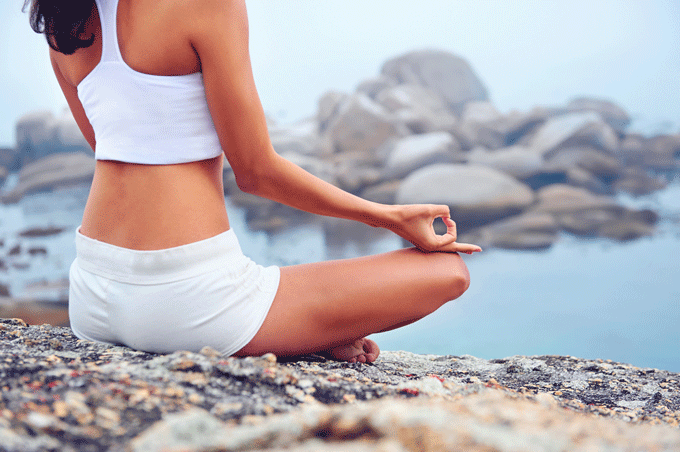
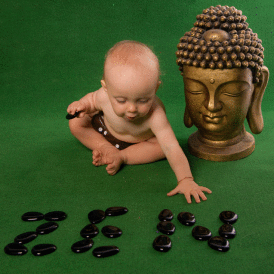
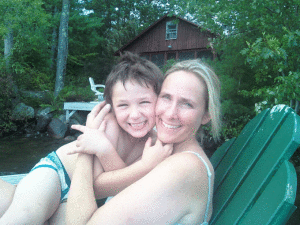
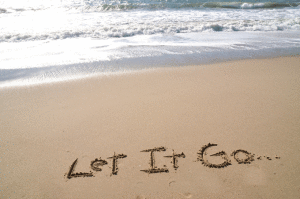
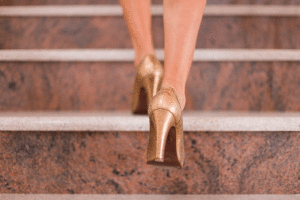
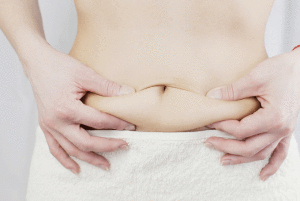
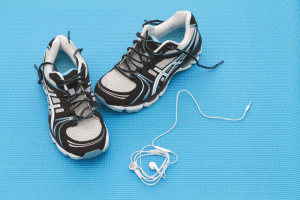

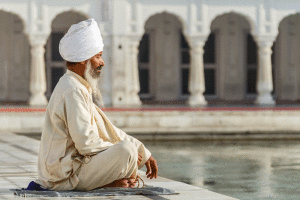
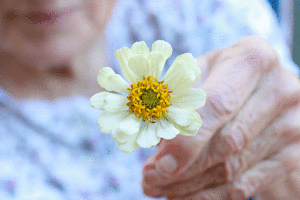
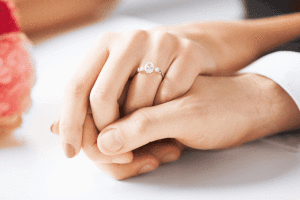
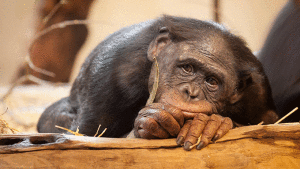
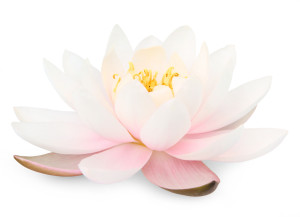
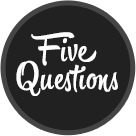

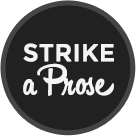

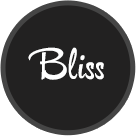
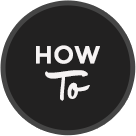

2014/07/11 at 11:48 pm
Love the reminder “to be still”. While. I originally found that power in “silence” versus “stillness”, it was during yoga m, as well, that I learned how they fold onto one another towards that same inner space of power. Stillness allows both strength and focus to hold out attention at the situation/challenge at hand while allowing room for the necessary reflection or course correction.
I am always stunned when those around me treat stillness as an awkward silence, when it’s most definitely the opposite. It’s so much more a time of “powering up” to move through a transition.
I practice this often within my work day. What I need to remind myself is to also apply it to the personal parts of my day as well. That would be a significant boost on my path towards balance.
Marian